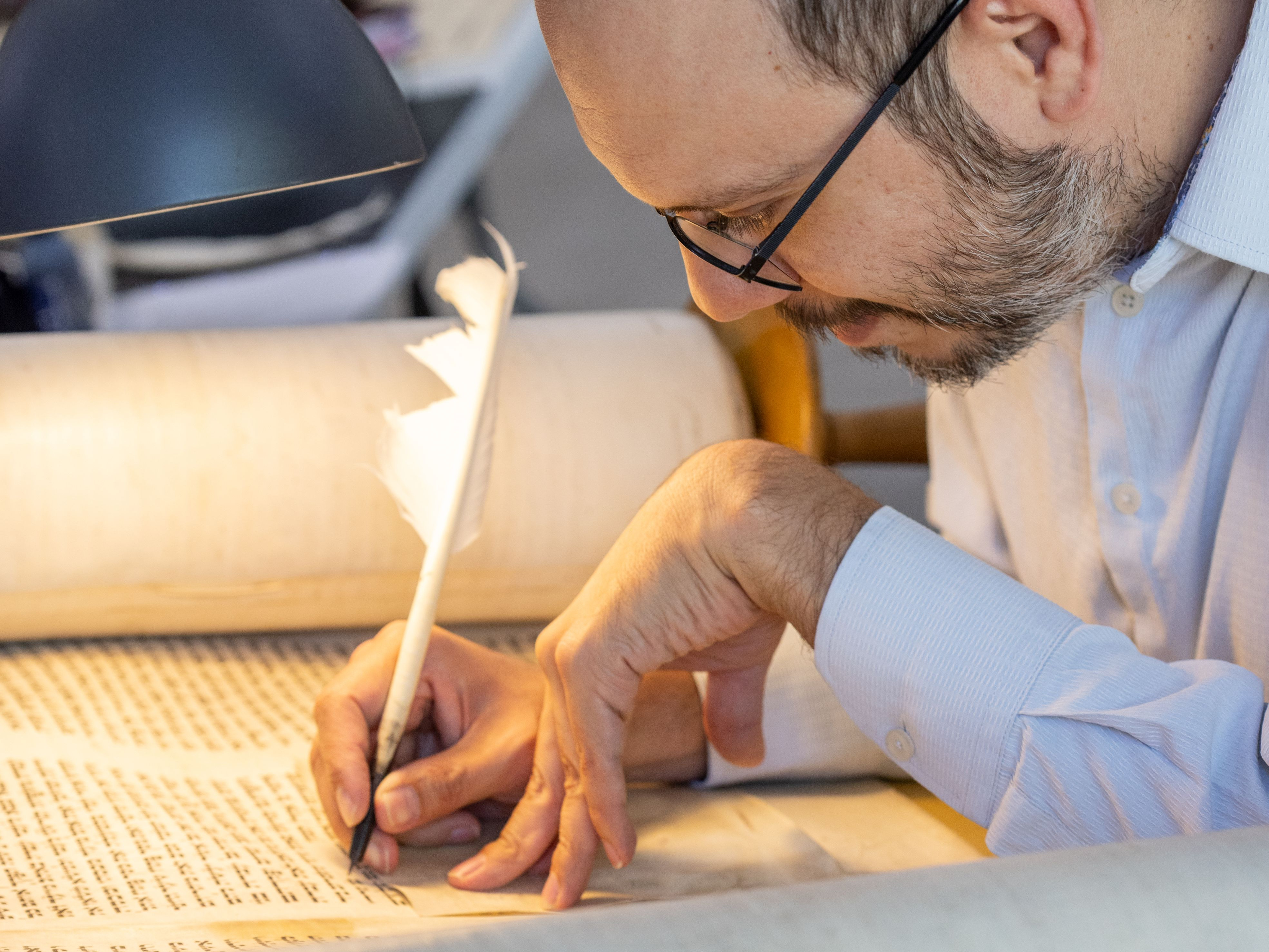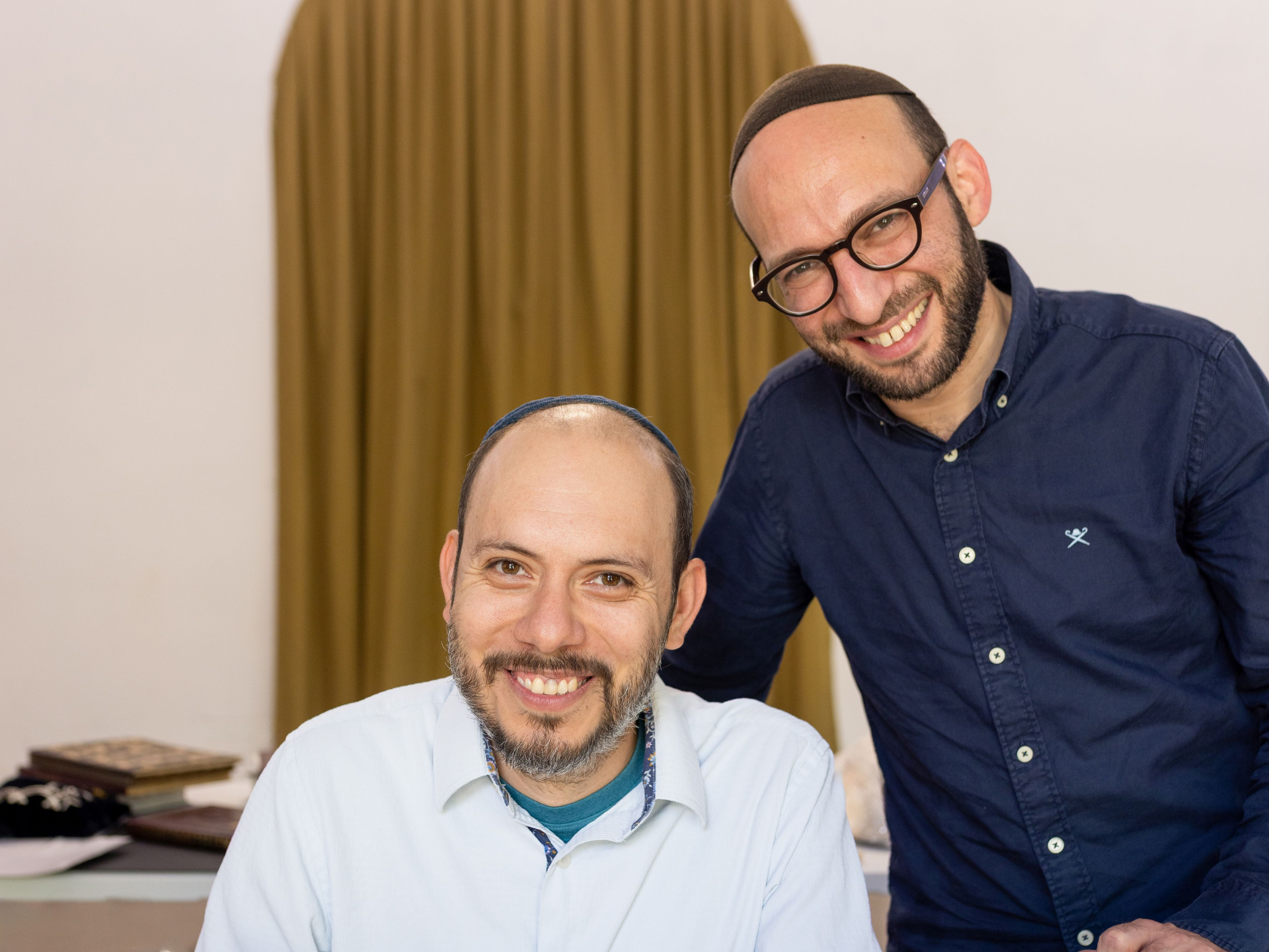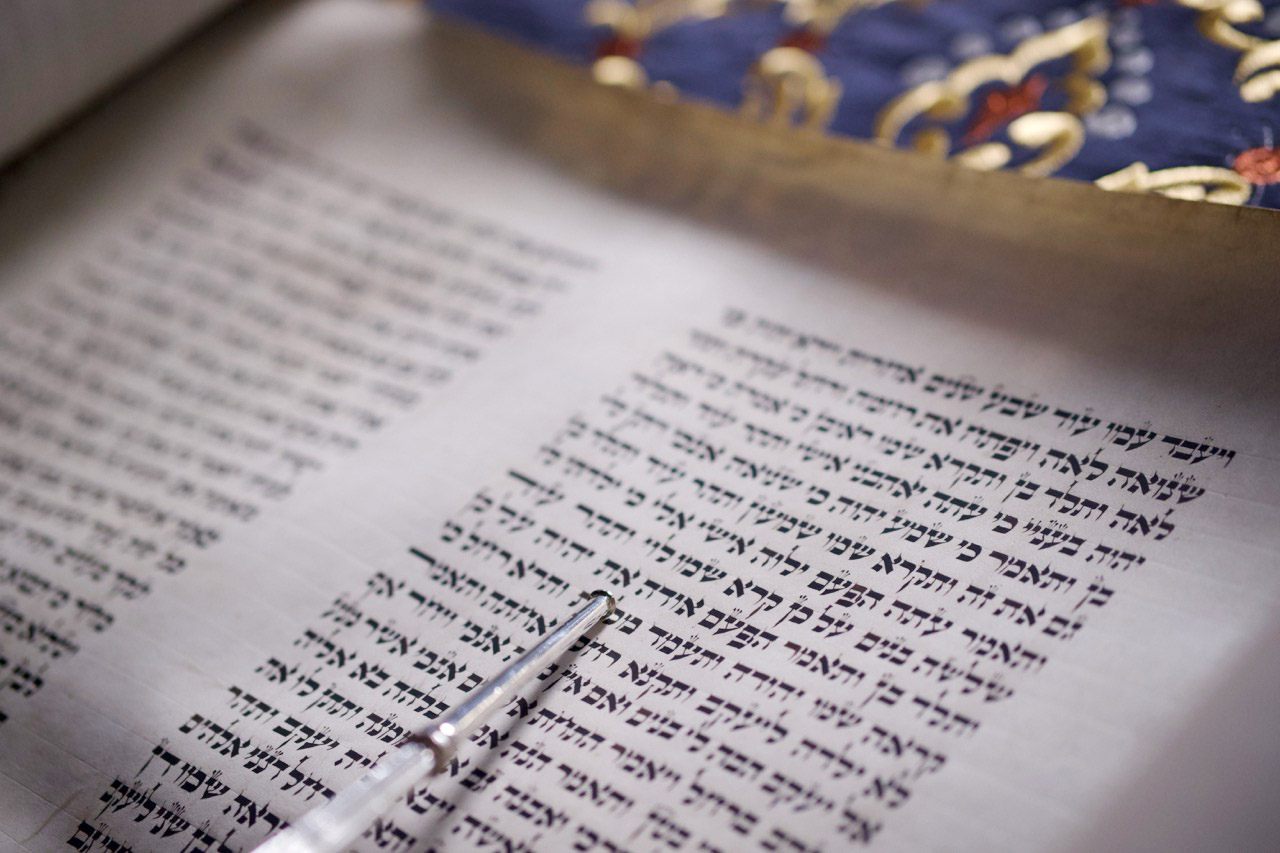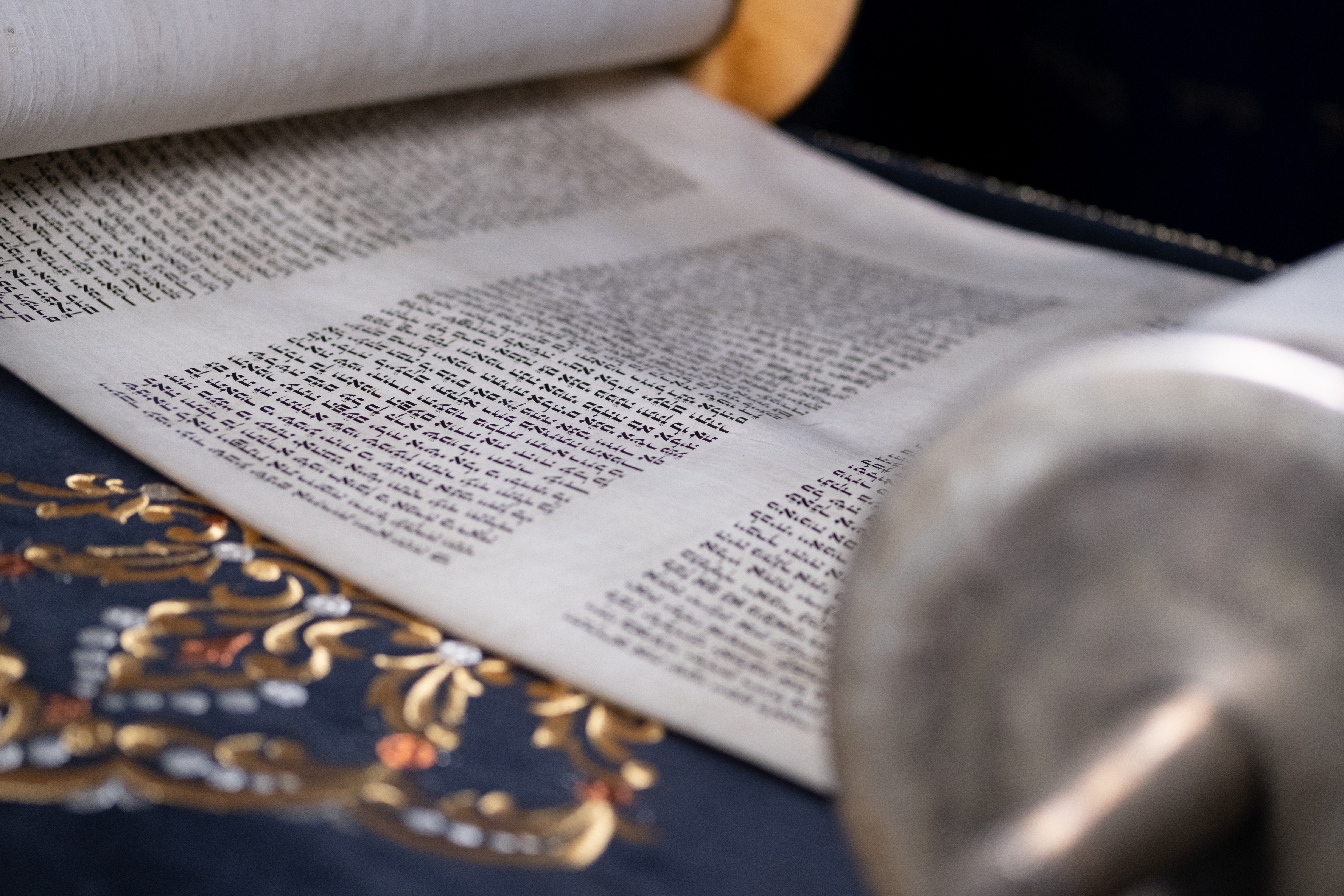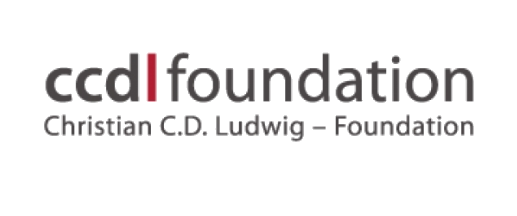The architecture of the pavilion itself symbolises the aim: a large display window allows an insight into the writing process at all times. What used to take place inside the synagogue is now visible in the centre of the city. The process is accompanied by live broadcasts, guided tours and talks.
The first letter will be written on 21 August 2025 in Dresden City Hall – in an act that is both symbolic and real: the City Hall, a place of municipal self-government, will become the threshold of a transcultural project. The writing pavilion will be officially opened on the same evening.
Religion as part of urban society
For the Jewish Community of Dresden, the project is more than a symbolic act. It is a public commitment to the visibility of Jewish life in the city – not as folklore or a retrospective, but as a current, forward-looking practice.
»The Eternal Scripture« sees itself in three dimensions:
as a cultural project that places the Torah in the context of written culture and world cultural heritage, as a democracy project that provides education against anti-Semitism and creates spaces for encounters, as an expression of Jewish life that is open, plural and open to dialogue.
The project forms the conceptual framework for a large number of accompanying exhibitions, events and educational formats. It was developed in close cooperation with the Jewish Community of Dresden. Special thanks go to our co-operation partner, the Dresden City Museum. Its commitment makes visible what cultural responsibility can mean today: remembering together, shaping together.
The result is a project that builds bridges – between religion and the public, between past and present, between people.
